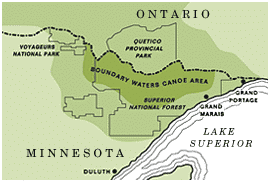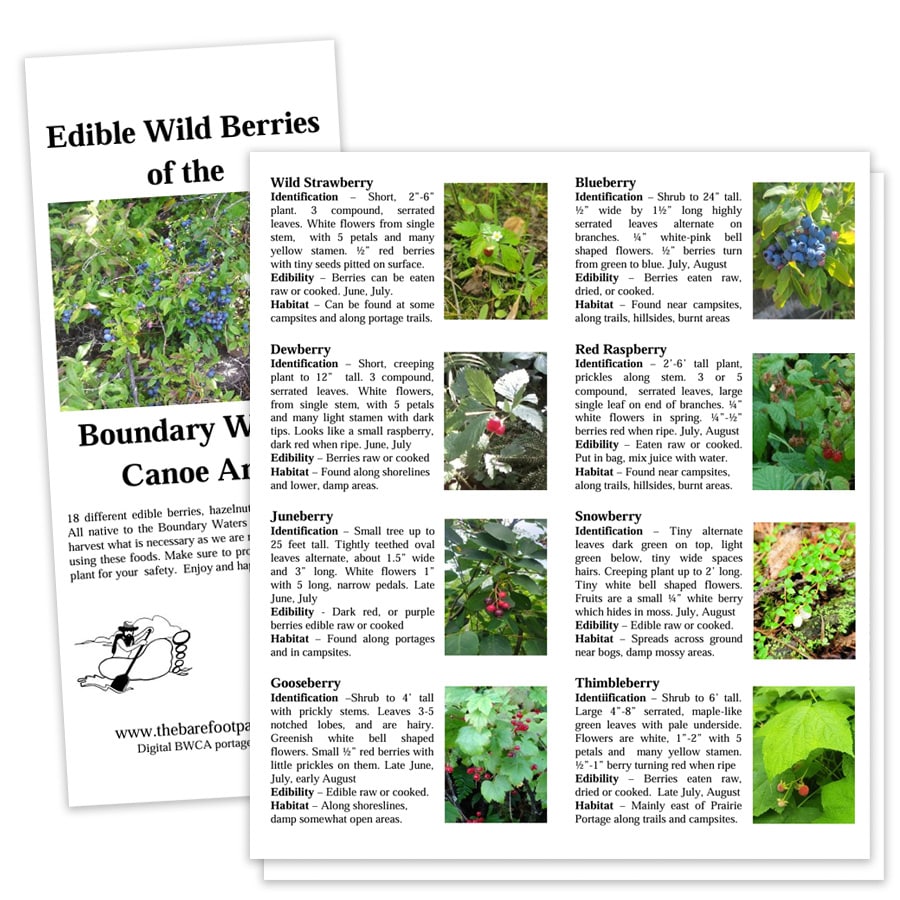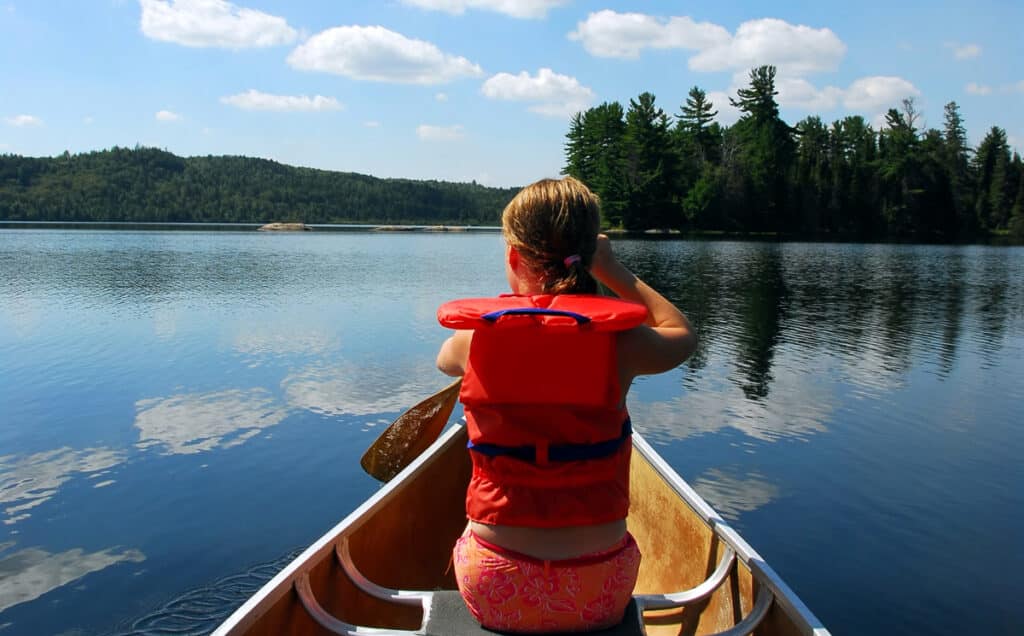
“Did you do anything fun over the summer?” I asked a childhood friend while catching up last fall. After filling me in on a solo trip to a national park, she told me about camping in the Superior National Forest with her three teenagers. Being one of our household’s favorite camp spots during our early years as beginner campers, I enthusiastically leaned in to hear every detail. She told me how her two oldest kids had the most fun on their family camping trip. They loved the quiet, remote, and beautiful location and busied themselves fishing, paddling, swimming, and helping out around camp. The youngest, however, did not enjoy the experience. Rustic and remote, there was no electricity or cell service, which meant no devices or video games. “But,” she continued, “he seemed to enjoy it more by the end of the trip. I think he might actually like it next year.”
I wasn’t exposed to the great outdoors until a bit later in life. I often wonder if I’d have the same connection to nature that I have today if I’d experienced it earlier, like my friend’s kids. Although it’s not something I can change, it’s interesting to ponder because there are clear benefits to both. Outdoor experiences earlier in life would surely have had a positive impact on my early adult years. But learning on our own, when we did, before YouTube and social media, has been an invaluable experience. So much so that I don’t think I’d change it even if I could.
Now that we have more than two decades’ worth of experience in the great outdoors, we love helping newly outdoor-curious folks figure out how they can launch their own journey. Whether friends, neighbors, or the saleswoman at the car dealership, people jump at the opportunity to ask us about the adventures they’ve been pondering.
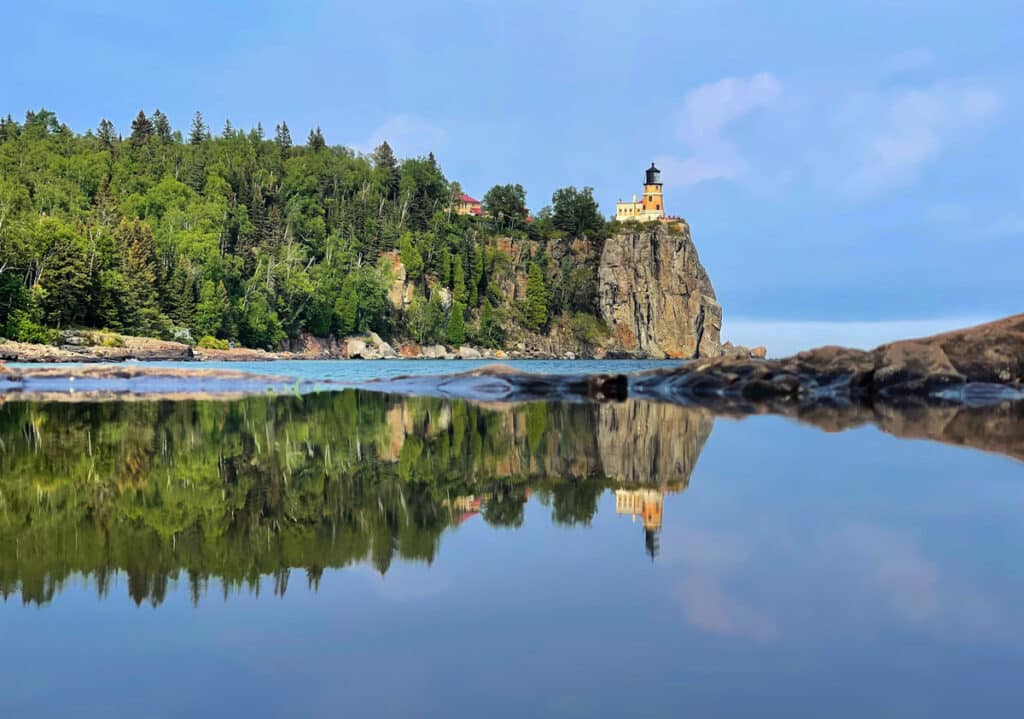
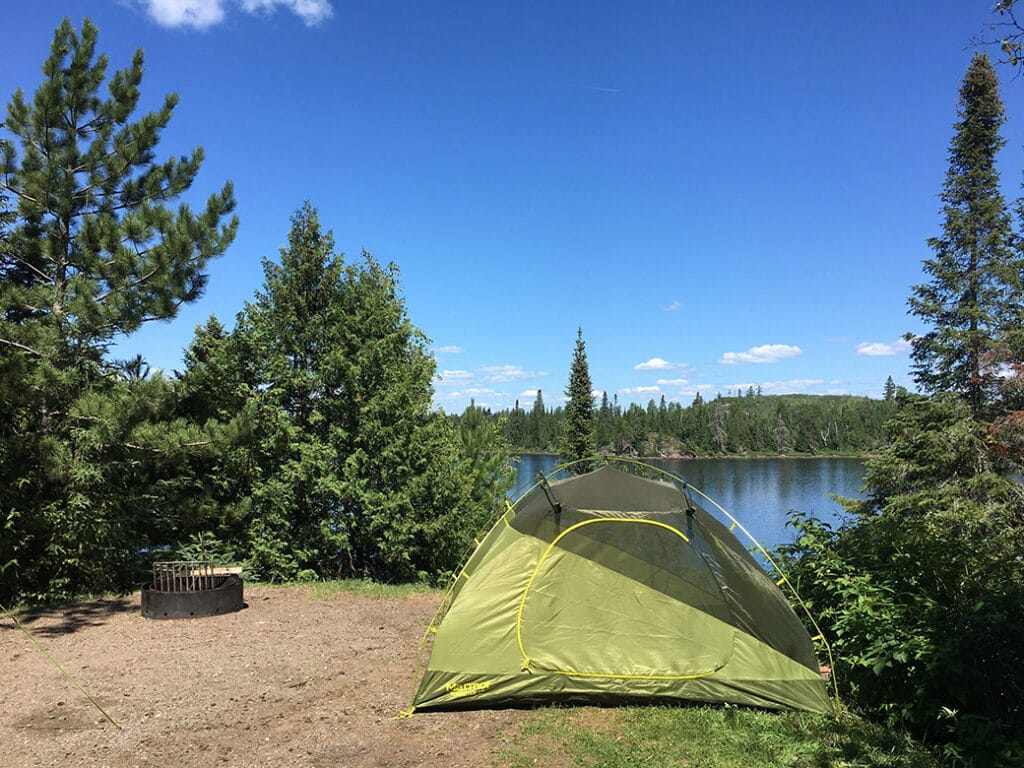
The most common question is how to get started. Questions like what do I need, and how long should I go, top the list. If these questions resonate with you, check out these beginner camping tips. The next question is always about what we do. People want to know how we stay busy, how we stay connected when we don’t have cell service, and how they can ensure their kids will have fun camping and it won’t be a miserable experience.
After this year’s annual spring brain pickings, and considering my friend’s family camping experience, I thought it would be helpful to compile some tips for your next trip. Follow the five tips below to ensure your next family camping trip is fun for everyone.
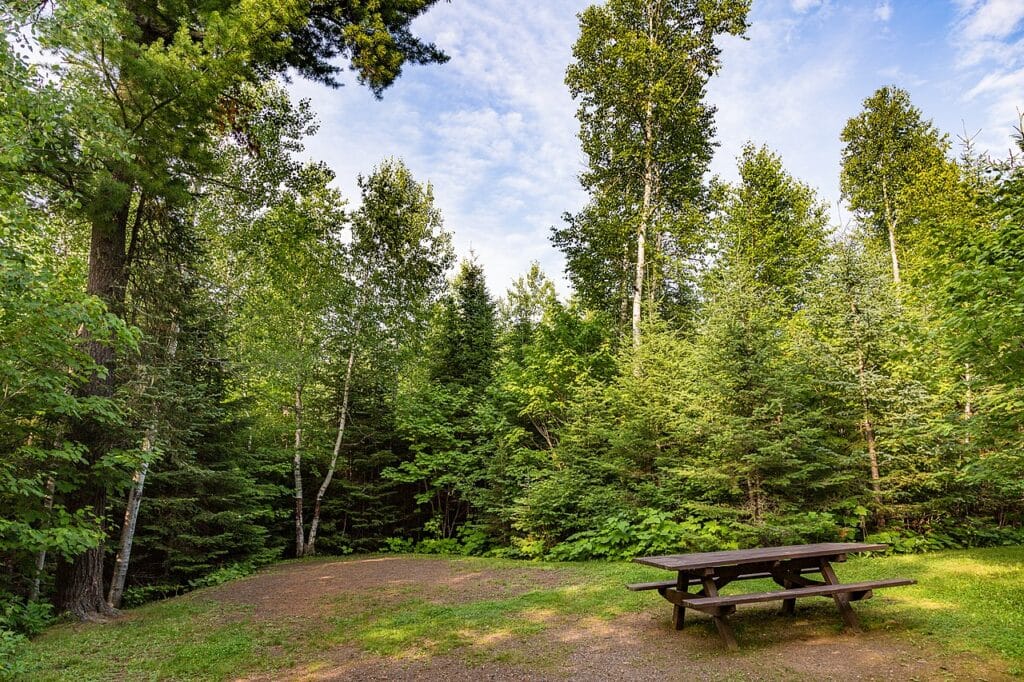
5 fun ways to entertain your family on your Northeast Minnesota camping trip
5 – Make the entire experience a team effort
From researching to planning to finding the perfect spot, the experience will be more exciting if everyone is involved. Keep this in mind as you start your trip as well. Getting everyone involved in set up, clean up, meal prep, and activities ensures greater engagement and more camping fun.
One of the things we enjoy about camping is slowing down and living simply. Manually pressing our morning coffee, dreaming up creative healthy meals that are easy to prepare outdoors, and leaving our camp spot better than we found it is part of the fun. Make sure your whole crew gets to participate, keeping their abilities and interests in mind.
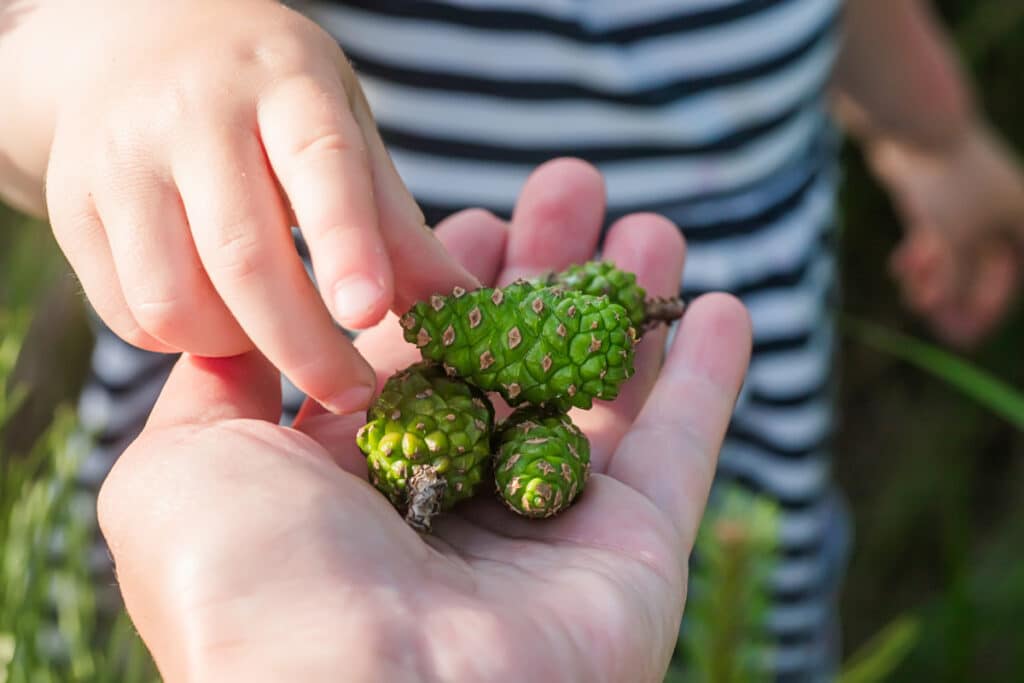
4 – Nature is the best classroom
“I read children’s encyclopedias when I was a kid,” I told a friend last weekend. “I did too,” she replied with a big smile and a soft laugh. “From front to back,” she said. “Me too,” I exclaimed. “Multiple times.” Our nerdy similarities never get old and always bring a good laugh and deeper connection.
I have always loved learning. And after chatting with friends who are experts on nontraditional forms of education, I’ve come to believe that we are all curious and eager to learn. Even though our interests and learning styles are unique.
Before your camping trip, think of fun ways you can incorporate learning into your adventure. If your camping trip brings you to one of northeast Minnesota’s breathtaking state parks, consider the Junior Ranger Program. Booklets are available at select state parks, or you can print them at home. State park visitor centers are another great place to learn. Bigger parks, like Gooseberry Falls and Tettegouche, also offer wonderful interpretive programs. You can find a full list of state park events here.
I’ve never been outdoors with someone who did not enjoy learning about the flora and fauna. From pointing out what’s edible to sharing our knowledge of loons, everyone, young and old, seems genuinely intrigued. All of this knowledge was self-taught through field guides, apps, books, and experience. And there’s so much more we have yet to learn.
Before you go, download some identification apps or pick up some field guides. In addition, you can find free activity sheets and booklets from the Minnesota Department of Natural Resources here. You might also consider planning a scavenger hunt to make learning even more fun.
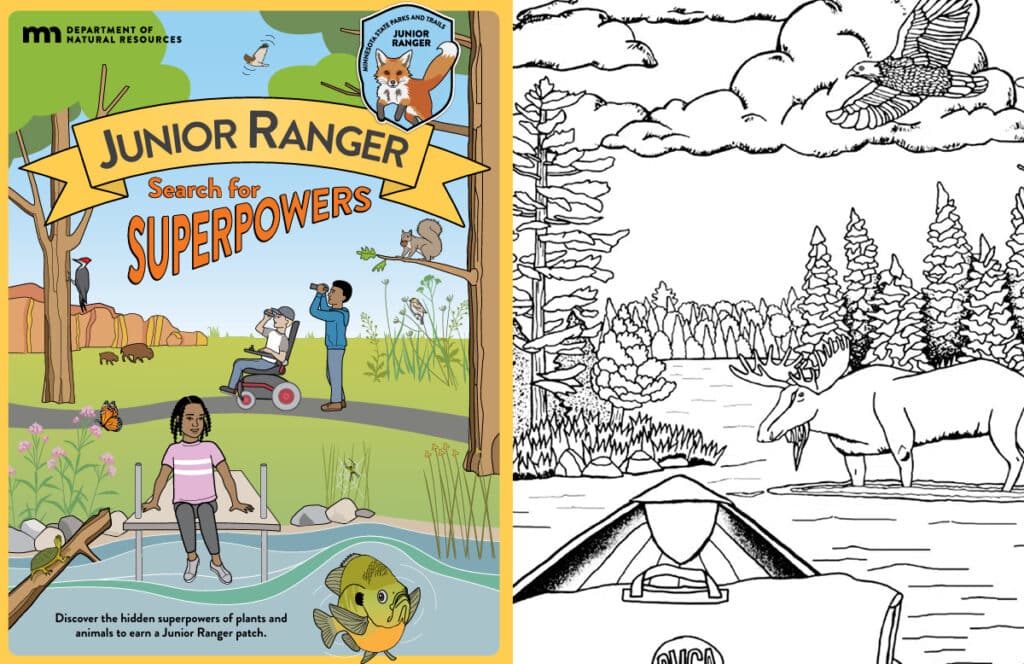
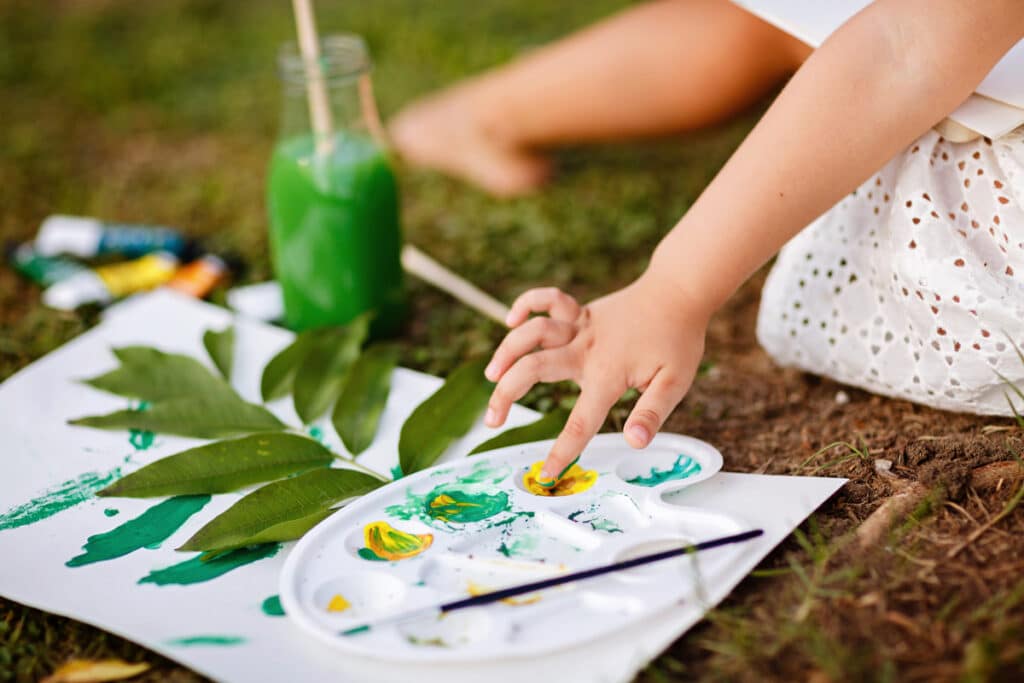
3 – Summon your inner artists
Pack some paper, watercolors, or colored pencils, and capture nature’s beauty through the little eyes and hands of your family. Photography in northeast Minnesota is also fun with epic sunrises and sunsets, and plenty of water to capture stunning reflections.
Just be sure and practice the seven principles of Leave No Trace as well as the public land’s rules and regulations. For example, harvesting edible fruits and mushrooms for personal use is allowed in Minnesota state parks. But you may not pick wildflowers or other plants. You can learn more about Minnesota state parks’ rules here.
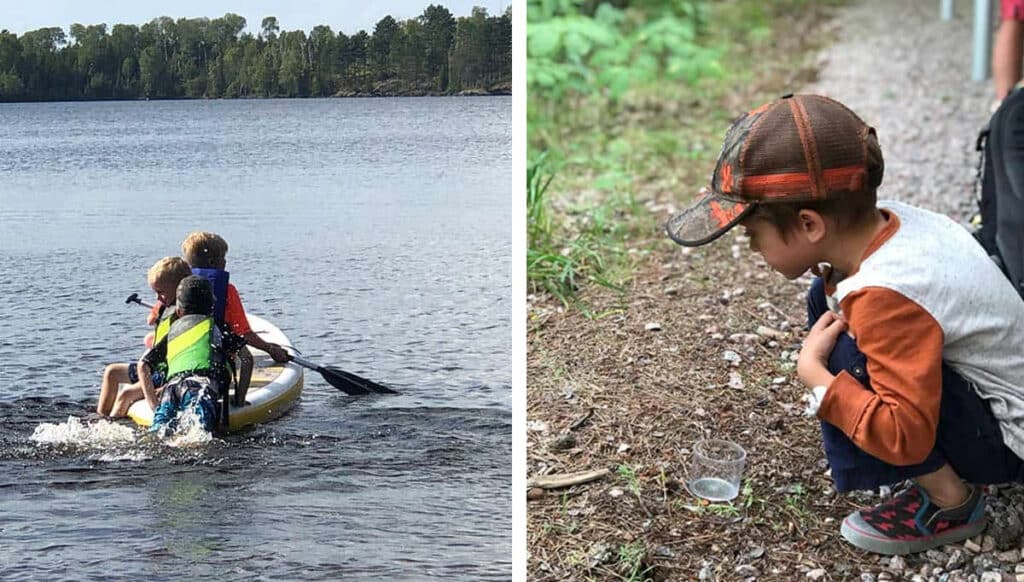
2 – Get active for more camping fun
Even on the worst days—backpacking in torrential downpours or paddling 21 miles into a headwind on the hottest day of the year—I’d rather be engaged in an outdoor activity than anything else. How these activities have shaped our lives is invaluable and innumerable.
Before your trip, check what activities are available at or near where you’ll be camping. All of the state parks in northeast Minnesota have incredible hiking. Paved and mountain bike trails are available throughout the Arrowhead Region. And the Superior National Forest and the state parks near Ely offer fabulous swimming and watersports.
State parks also offer rental equipment like canoes and kits you can borrow, such as birding and fishing kits. Check out the park’s website to see what they offer here. One final thing you may want to consider is the Minnesota State Park’s Hiking Club. You can learn more about that wonderful program here.
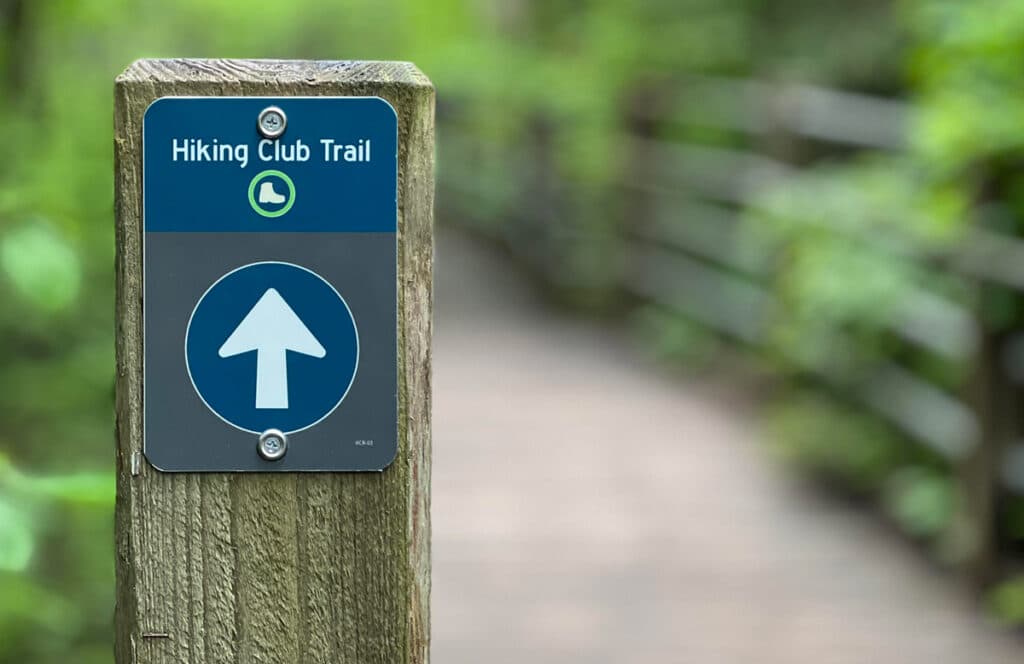
1 – Disconnect
Some of the best places to camp in northeast Minnesota have the worst cell reception. While I enjoy having service to check the weather, and figuring out where I’ll go next when I head out without a plan, I also love not having service. It forces me to slow down, relax, and read, rather than researching, planning, and doing. If you’re camping in a new spot, be prepared not to have service. Pack books, games, journals, and other tech-free fun.
Even if you do have service, you may want to consider powering down your devices and hiding them in your vehicle. Or at the very least, keep them in airplane mode to conserve the battery for when you need to check the weather or make a phone call. I promise you’ll have more fun and create priceless memories.
Don’t let the fear of leaving modern technology and conveniences behind stop you from planning a fun family camping trip. By following these tips, you’ll ensure the trip is enjoyable for everyone and they won’t stop asking, “When can we go camping again?”
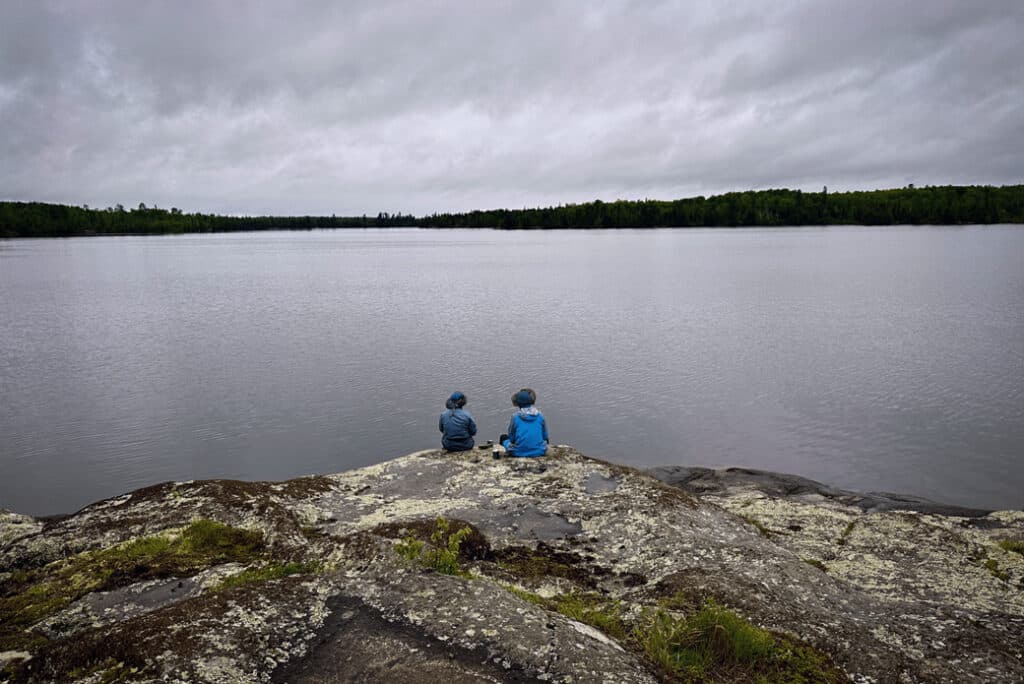
Learn More:
- Beginner camping tips
- Guide to camping with kids –
- Camping in the Superior National Forest
- Camping in northeast Minnesota’s state forests
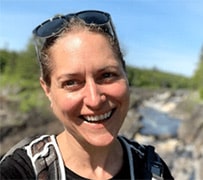
Holly Scherer is a Minnesota-based writer, photographer, outdoorswoman, and guide. She’s most at home in the great outdoors; camping, hiking, paddling, cycling, and gardening. When she’s not on an adventure, she and her husband live in the Twin Cities where they’re fond of saying, “home is where we store our outdoor gear.”

